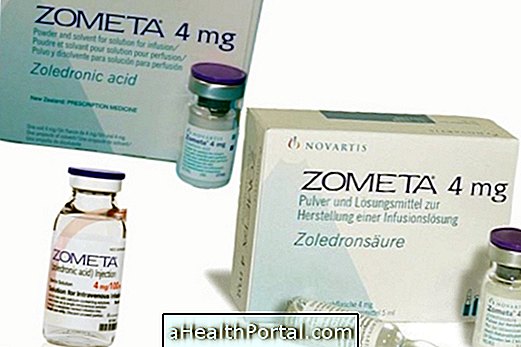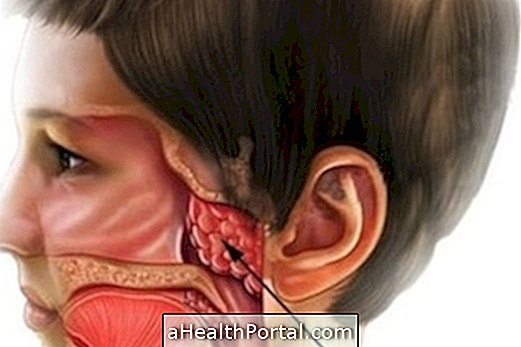Myasthenia Gravis is an autoimmune disease that causes progressive muscle weakness and usually occurs in the 20s and 40s, and the symptoms gradually appear and worsen, although in some cases they may start suddenly. Learn all about this disease.
Pregnancy in a woman with Myasthenia Gravis can become a risk for the mother and the fetus, and although there are cases where the baby is born healthy, there are others where the disease worsens and therefore monitoring is very important. pregnancy.
The most common symptoms are muscle weakness and fatigue during pregnancy, with childbirth being the most dangerous time of all gestation.

What to do during pregnancy
It is recommended that, after diagnosing the disease, the woman should wait at least 2 years before becoming pregnant, since the risk of death of the mother during pregnancy is much higher during the first year of the disease.
The treatment for Myasthenia Gravis in the pregnant woman should be the same as before the pregnancy and adequate monitoring should be done throughout the gestational period.
What care to take during delivery
If there are no signs of fetal distress or any obstetric problem, delivery can be performed vaginally, however, because of the risk of muscle fatigue, there may be difficulty on the part of the mother in the voluntary force at the time of the expulsion of the fetus and therefore it may be necessary to use forceps or an obstetric extractor to remove the baby and reduce labor time.
A cesarean section should only be performed if it is indicated by the doctor who accompanied the pregnant woman in cases of severe myasthenia gravis or myasthenic crisis. If there is a compromised respiratory or bulbar muscles, general anesthesia with orotracheal intubation is recommended, so that oxygenation and secretions can be controlled.
In postpartum it is very important to watch the mother because there is a risk of worsening of the disease in the 3 weeks following the birth of the baby.
Can a mother breastfeed?
Breast-feeding is not contraindicated in myasthenic women, but is not recommended during treatment with immunosuppressants such as azathioprine, cyclosporine, cyclophosphamide, mycophenolate, or methotrexate.
There are also studies that indicate that breastfeeding of newborns should be avoided, since antibodies are found in breast milk that may intensify neonatal myasthenia gravis, which eventually disappears about 3 weeks after birth.
Thus, it is important that the mother discuss with the physician the benefits of breastfeeding in the face of risk.
Can the disease pass to the baby?
Although the antibodies that cause this disease cross the placenta, only 20% of newborns born to mothers with Myasthenia Gravis in pregnancy present the disease at birth and, when they do present it, it tends to disappear a few days or weeks after birth, because antibodies disappear and the newborn does not produce antibodies of this type.
























